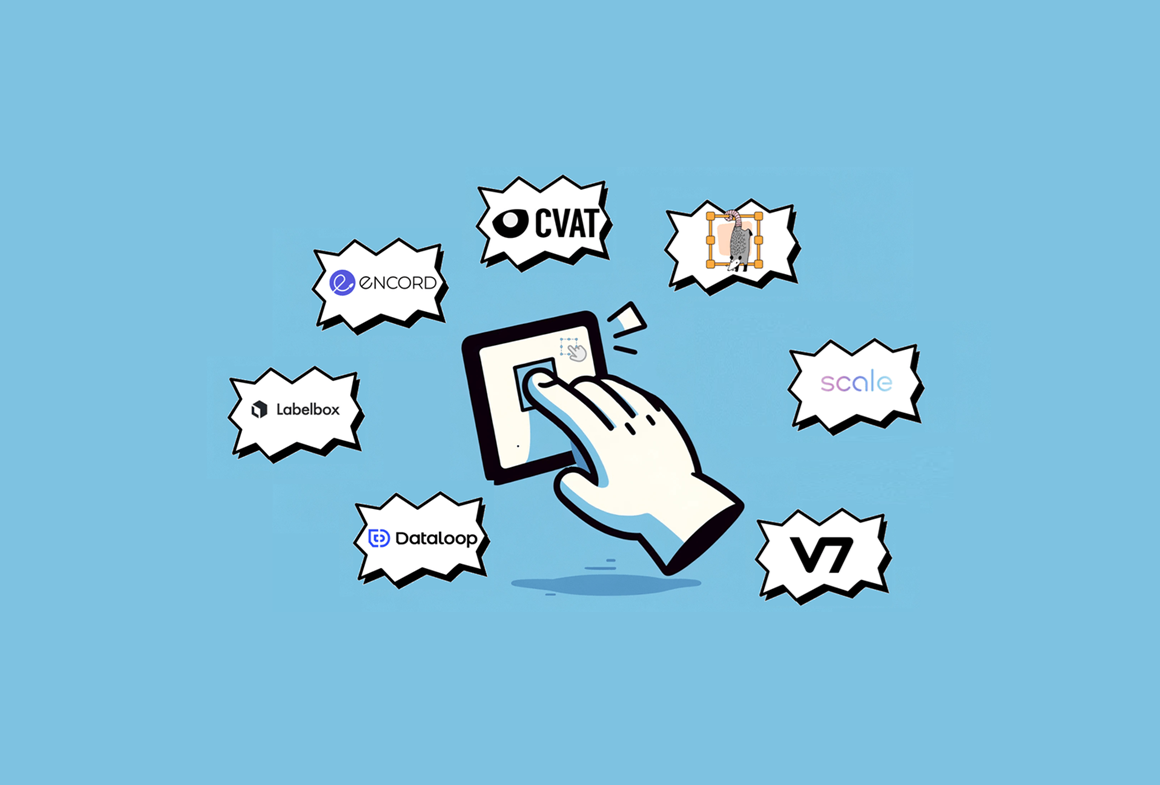Multi-task Learning: when AI learns to do everything at once

L’apprentissage multi-tâches (Multi-task Learning) est une approche qui permet à un modèle d’IA d’accomplir plusieurs tâches simultanément, en exploitant les points communs entre elles, et en contournant les restrictions traditionnelles.
Unlike traditional approaches where each task is treated individually, multi-task multi-task learning allows representations and knowledge to be shared in detail within the same model, which can lead to gains in performance and efficiency.
This technique, increasingly used in the field of artificial intelligence, is particularly relevant in the context of data annotation and the creation of datasets to train models of all types, as it offers significant advantages in terms of accuracy and cost reduction. So, by learning to solve several problems in parallel, AI becomes not only more versatile, but also more efficient!
What is multi-tasking and how does it work?
Multi-task learning (MTL) is a training method in Machine Learning that enables a model to learn several tasks simultaneously, instead of processing them separately. The main thesis behind its effectiveness is based on the idea that tasks can share common representations, enabling the model to transfer knowledge from one task to another. In other words, tasks are learned together rather than in isolation, which improves the overall performance of the model.
Le fonctionnement du MTL repose sur ses capacités à identifier les similarités entre les tâches et à partager les paramètres ou les couches intermédiaires dans les réseaux de neurones. Par exemple, un même modèle peut être utilisé pour reconnaître des objets dans des images tout en classant ces images en fonction de leur contexte. Cela est rendu possible en partageant les représentations intermédiaires entre les différentes tâches, tout en conservant des sorties spécifiques à chaque tâche. Ce partage d'informations permet de mieux généraliser et de réduire le risque de surapprentissage (overfitting) sur une tâche particulière.
Multi-task learning is particularly useful when tasks have dependencies or similarities, improving performance while reducing data and resource requirements.
How does multi-task learning improve the efficiency of AI models?
Multi-task learning (MTL) improves the efficiency of AI models in a number of ways, optimizing resources and performance. Here are the main mechanisms by which this approach enhances model efficiency:
Sharing representations
By enabling a model to share layers and parameters across multiple tasks, MTL reduces redundancy in learning. Shared representations created during training are useful for several tasks, maximizing data utilization and accelerating overall learning.
Reducing overlearning
When a model is trained on a single task, it runs the risk of overlearning features specific to that task. With MTL, the model is forced to generalize further to perform well on multiple tasks, making it more robust and less prone to overlearning.
Optimizing resources
By training a single model capable of handling multiple tasks, MTL avoids the need to create and train several separate models. This saves resources in terms of computing time, memory and energy, while improving the efficiency of AI systems as a whole.
Performance enhancement
Les tâches qui partagent des similarités permettent au modèle d'IA de mieux exploiter les dépendances entre elles. Par exemple, si deux tâches ont des caractéristiques communes, comme la détection d'objets et la segmentation d'images, le MTL renforce l'apprentissage en exploitant les informations mutuellement bénéfiques, ce qui améliore la précision globale du modèle.
Reduces the need for large amounts of annotated data
En raison du transfert d'apprentissage entre les tâches, le MTL permet d'améliorer la performance d'une tâche même avec un volume limité de données annotées. Les données d'une tâche peuvent compenser le manque de données pour une autre tâche, rendant le modèle plus performant avec moins d'exemples. Cela ne veut pas dire qu'il n'est plus nécessaire de préparer des jeux de données "Ground Truth" : cela est toujours nécessaire, mais peut être fait sur des volumes réduits mais plus qualitatifs !
Faster learning
By training multiple tasks simultaneously, the model converges faster, as parameter updates are performed in parallel for different tasks. This reduces the time needed for training, compared with sequential training of several models. Tracking the dates and versions of model updates can help monitor progress and improvements in multi-task learning.
Why is multi-task learning particularly useful for data annotation?
Multi-task learning (MTL) is particularly useful for data annotation due to several key factors that maximize the efficiency and quality of the process. Here's why this approach is proving invaluable in this field:
Optimizing annotation resources
Data annotation can be costly and time-consuming, especially when several separate tasks require different annotations. With MTL, a single dataset can be used to train a model to perform several tasks simultaneously, reducing the need to create separate annotations for each task. This improves the efficiency of annotation efforts.
Better use of limited data
In some situations, annotated data is scarce or difficult to obtain. MTL makes the most of available datasets by exploiting similarities between different tasks. This means that a task with a small amount of annotated data can benefit from the annotations of another task, improving overall performance.
Reduce annotation redundancy
Lorsqu'un modèle est conçu pour gérer plusieurs tâches à partir d'un même jeu de données, il est possible d'éviter des doublons dans les efforts d'annotation. Par exemple, les objets annotés pour une tâche de classification d'images peuvent également être utilisés pour une tâche de détection d'objets, réduisant ainsi le besoin de créer de nouvelles annotations spécifiques à chaque tâche.
Improved annotation quality
MTL makes it possible to create more robust models capable of generalizing across tasks. This can improve the quality of automated annotations, as a model trained across multiple tasks learns more complete and contextual representations, reducing errors and increasing the accuracy of automated annotations.
Accelerated annotation automation
One of the main difficulties of annotation is the slowness of the manual process. Multi-task learning makes it possible to design models capable of generating annotations for several tasks at once, thus automating part or all of the process and significantly reducing the time needed to annotate a dataset.
Greater consistency between annotations for different tasks
The use of MTL promotes a unified approach to different annotation tasks. This ensures consistency in annotations, as shared representations in the model create a common basis for different tasks, avoiding inconsistencies between them.
Conclusion
Multi-task learning represents an important advance in AI, as it offers considerable advantages in terms of efficiency, cost reduction and improved model performance.
By enabling a model to perform several tasks simultaneously, this approach revolutionizes the way AI processes data, particularly in the field of annotation. By exploiting similarities between tasks and sharing knowledge, multi-task learning optimizes available resources and produces more robust results, while fostering innovation in many industries.
Alors que cette technique continue de se développer, son potentiel pour transformer des secteurs tels que la vision par ordinateur, le traitement du langage naturel, la médecine et bien d'autres semble immense, faisant de l'apprentissage multi-tâches une composante incontournable de l'avenir de l'IA.


-hand-innv.png)



